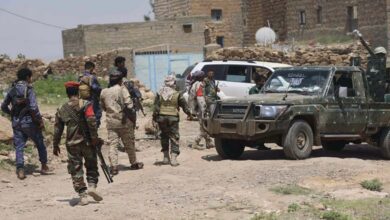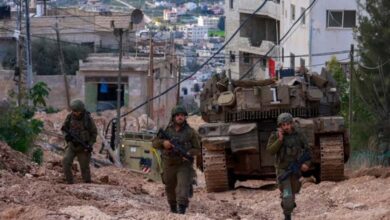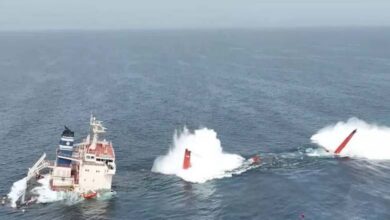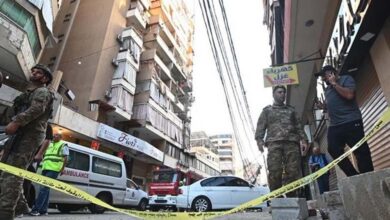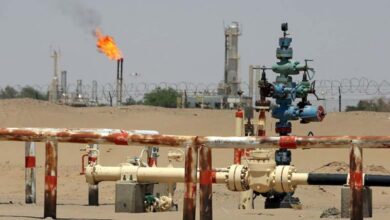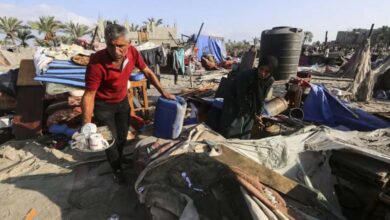“The Specter of War” with Hezbollah Terrifies Northern Israel Residents
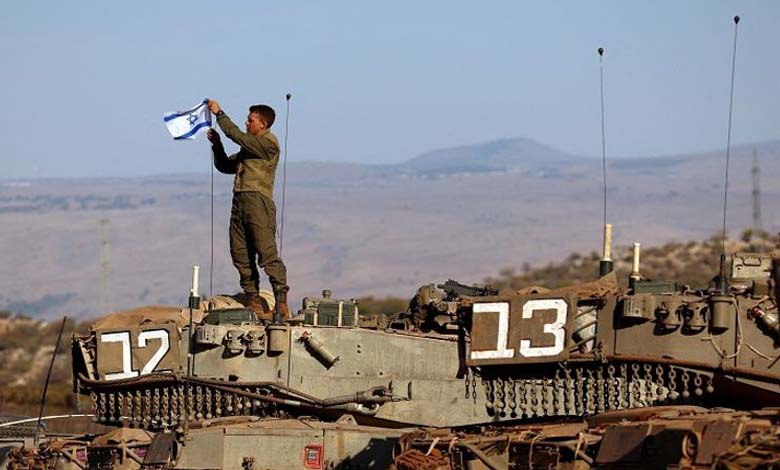
Since October 7th last year, the escalation between Israel and Hezbollah has been increasing day by day, but are things really heading towards war?
Israeli citizen Eli Harrell was a soldier in his early forties when he was sent to Lebanon in 2006 to fight Hezbollah in a bloody war that lasted a month and proved largely inconclusive.
Now, Harrell, aged 50, is preparing to rejoin the Israeli army to fight Hezbollah once again, if the shelling on Israel’s northern border escalates into a full-scale war with the Iran-backed armed group.
Harrell told Reuters that “the Israeli forces will face the toughest challenges imaginable in combat this time.”
He added, “There are traps everywhere… People suddenly come out of tunnels… One has to remain constantly on alert, or else they’ll die.”
Harrell lives in Haifa, Israel’s third-largest city, which falls within the range of Hezbollah missiles.
Recently, the mayor of Haifa urged residents to stockpile food and medicine due to the increased danger of the current escalation developing into a full-scale war.
Israel and Hezbollah have been exchanging strikes daily across the border over the past six months, alongside the war in Gaza, an escalation that has raised fears of a broader regional conflict.
Similar to the Palestinian movement Hamas, which is waging war against Israel in Gaza, Hezbollah has a network of tunnels for transporting fighters and weapons.
Since the war in Gaza began, Hezbollah‘s attacks have been limited to northern Israel, in an attempt to divert Israeli forces away from Gaza, while Tel Aviv has said it is prepared to push Hezbollah away from the border but has not outlined how to achieve that.
Since the start of the war in Gaza, around 60,000 residents of northern Israel have been forced to leave their homes in the first mass evacuation in the area due to Hezbollah‘s relentless shelling, while across the border, around 90,000 have fled to Lebanon due to Israeli strikes.
Amid the inability of these people to return home, calls are growing within Israel for tougher military action against Hezbollah.
Eyal Holata, a former adviser to Israel’s national security, said Israel should announce in the coming months a date when displaced Israeli civilians can return, either by effectively confronting Hezbollah to reduce the strikes or by engaging in a full-scale war.
He added that “Israelis cannot be exiled in their own country. This cannot happen. It is the responsibility of the Israeli Defense Forces to defend civilians. That’s where we failed on October 7th,” referring to the unprecedented armed attack launched by Hamas on southern Israel, which ignited the latest war in the Gaza Strip.
In February, Hezbollah Secretary-General Hassan Nasrallah said residents of northern Israel “will not return” to their homes.
The Israeli army said this month it had taken another step in preparing for a possible war with Hezbollah, focusing on logistical matters including preparations for a “broad-scale mobilization” of reservists.
A conflict between Israel and Hezbollah could lead to massive destruction in both countries.
The 2006 war between Israel and Hezbollah killed 1,200 people in Lebanon and 158 in Israel.
Since October last year, more than 300 people have been killed in fighting in the border region, most of them Hezbollah fighters.
In the event of war, Israel could likely bombard targets in southern Lebanon before its troops attempt to advance at least 10 kilometers across the border.
Hezbollah is likely to use its arsenal of over 150,000 missiles to target Israeli cities.
In 2006, the coastal city of Haifa, from which the Lebanese border can be seen on a clear day, was targeted.
In 2016, Nasrallah threatened to target ammonia storage tanks in Haifa, warning that the result would be “like a nuclear bomb.”


